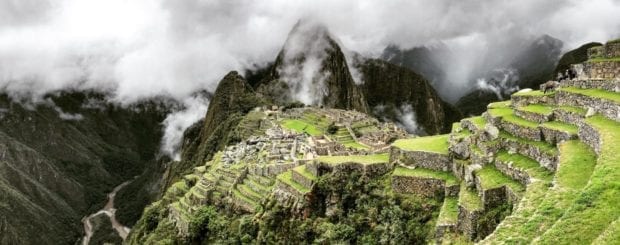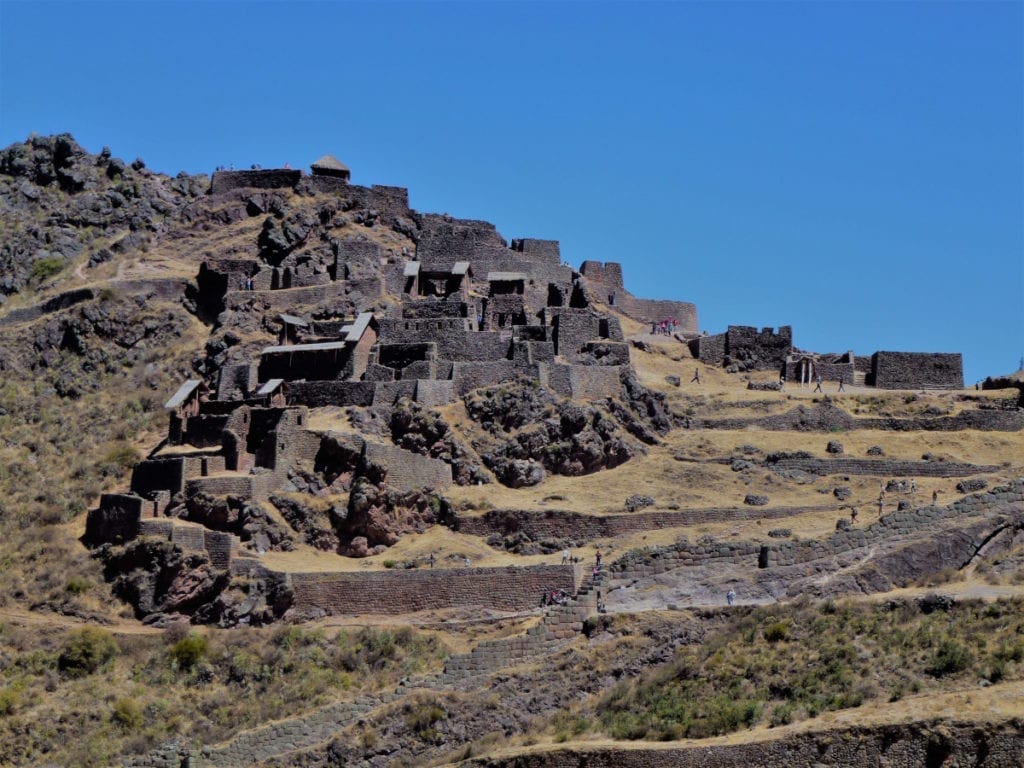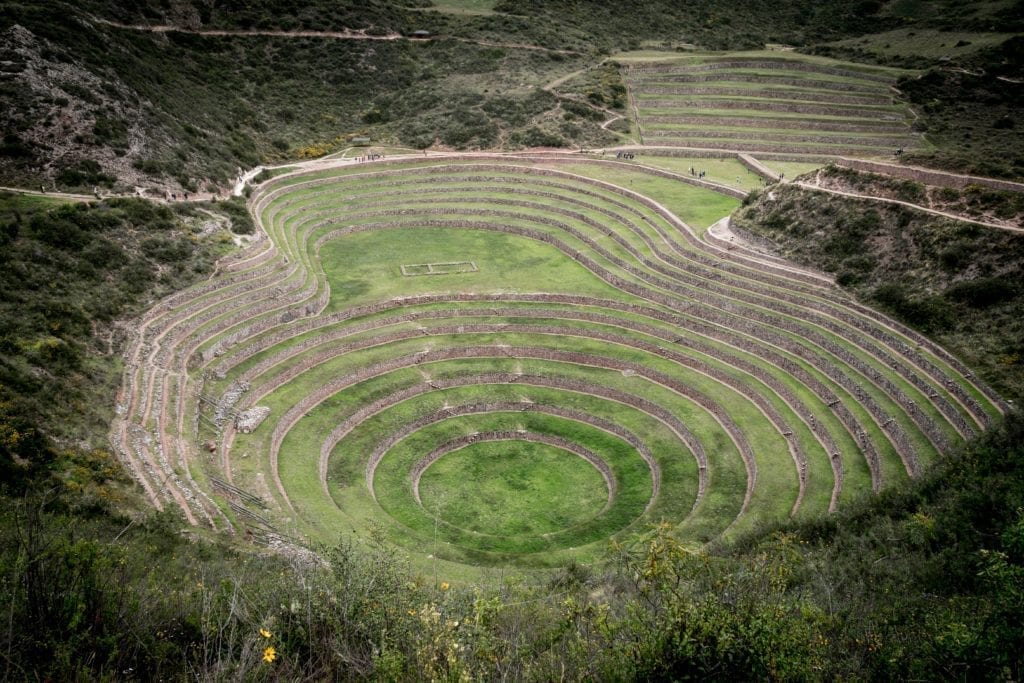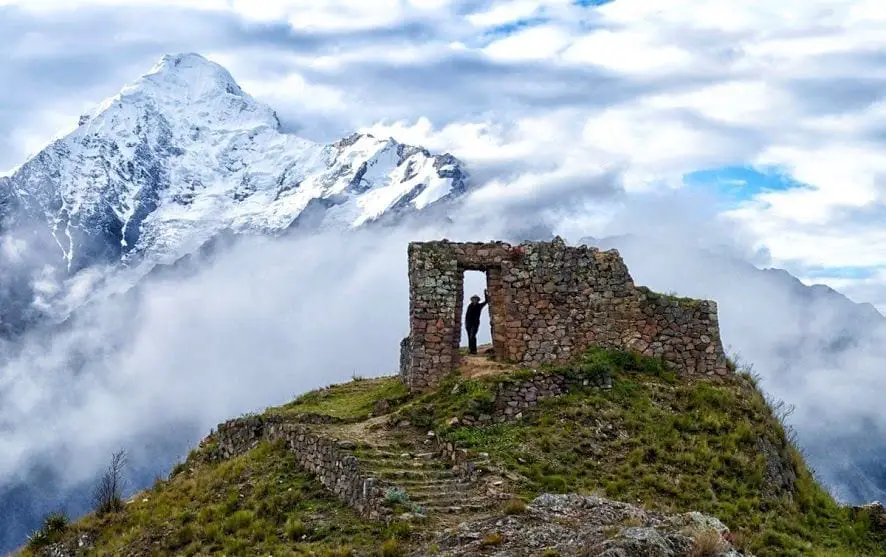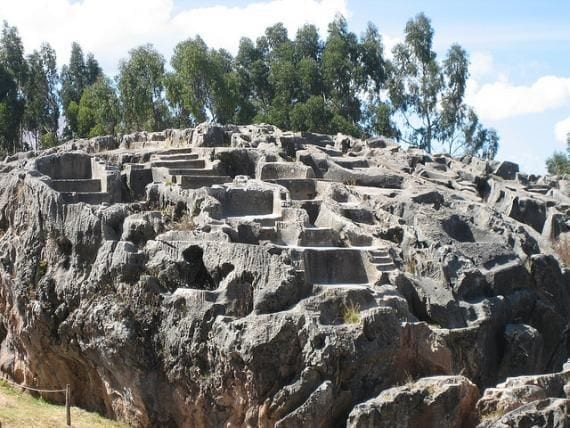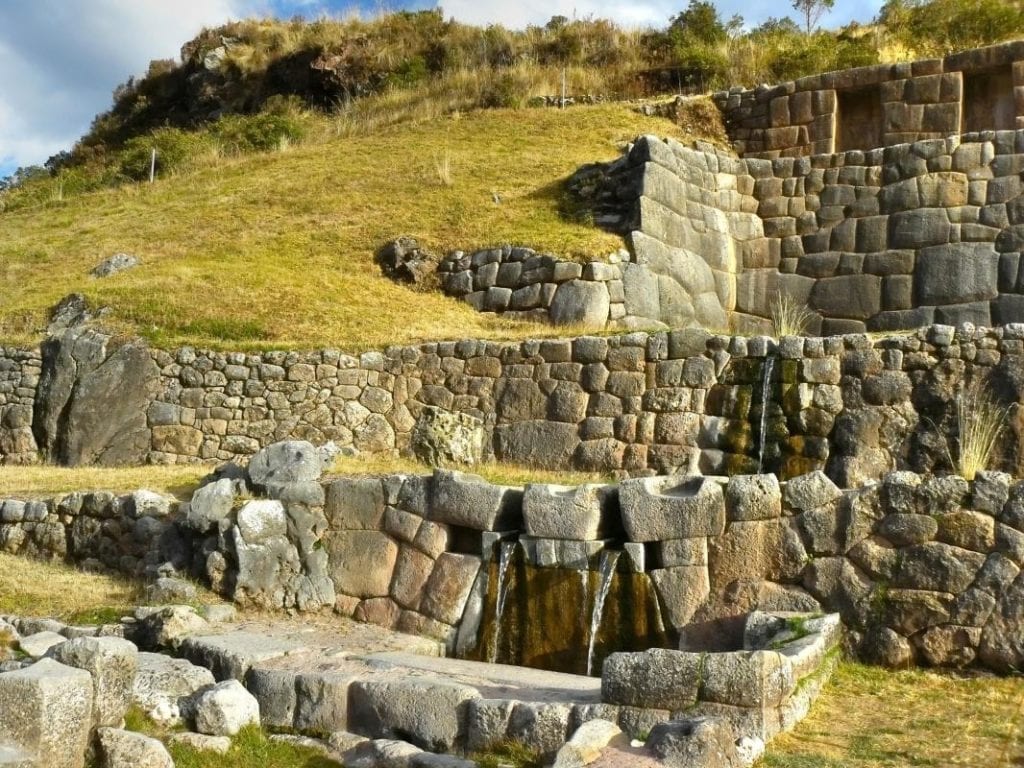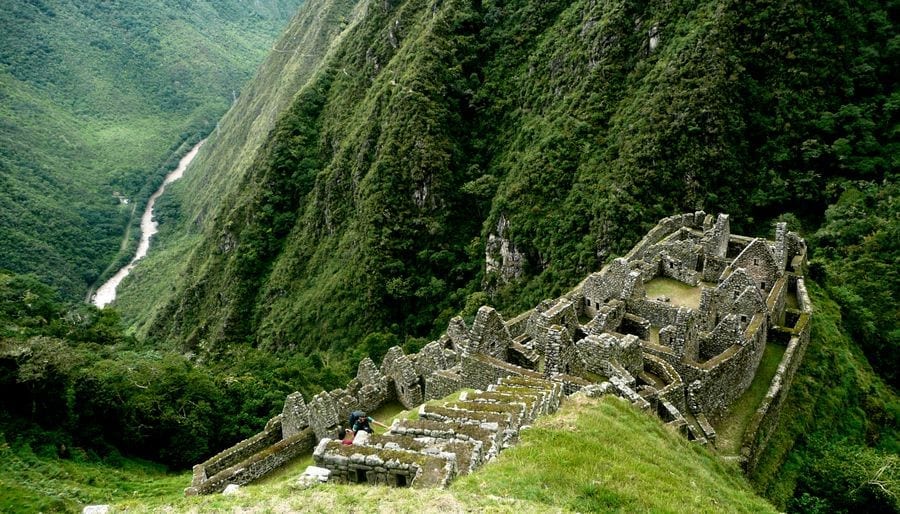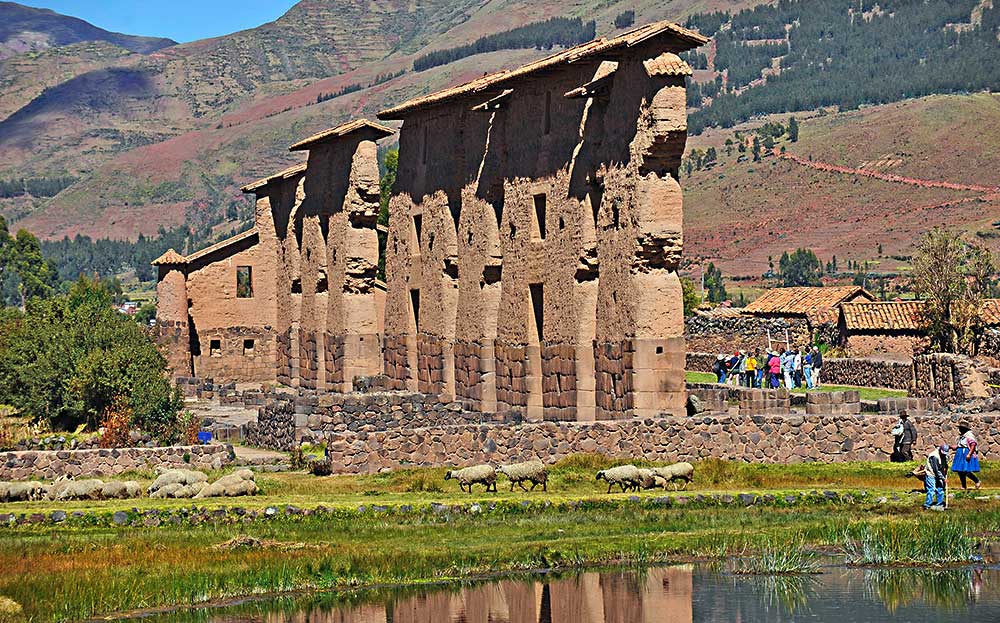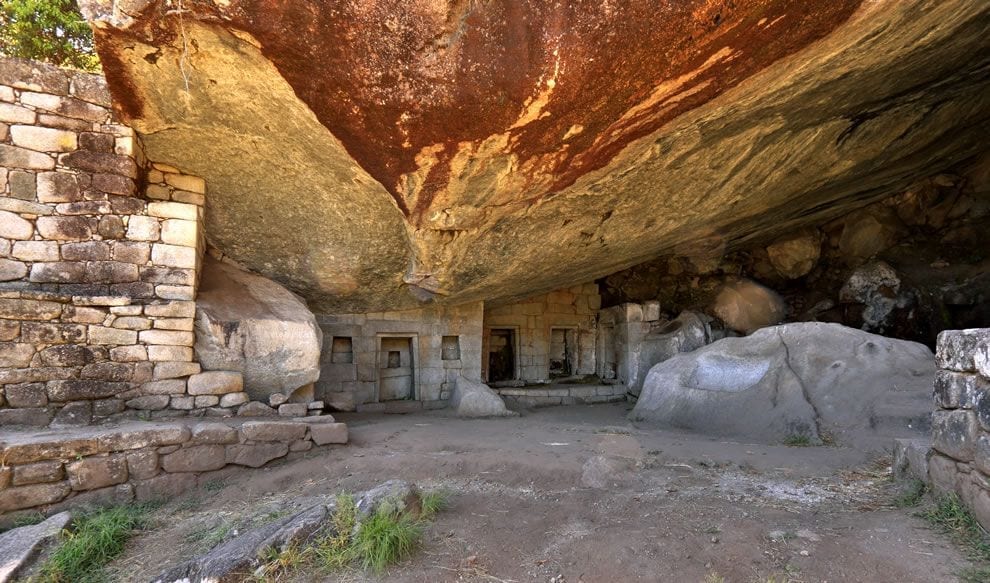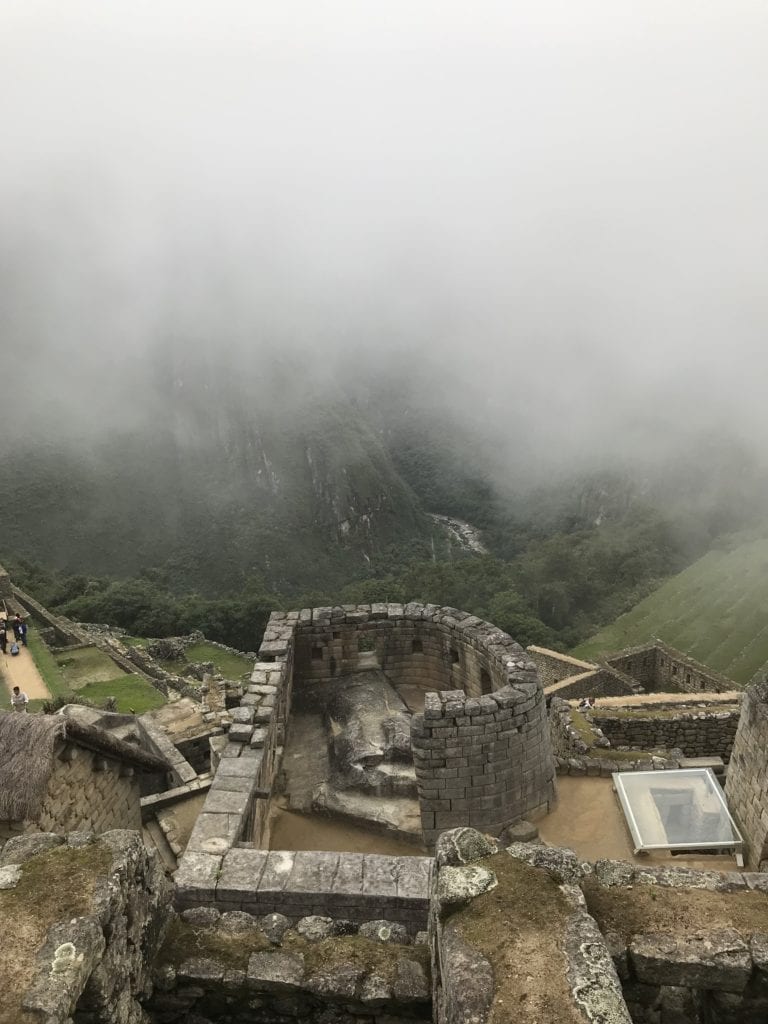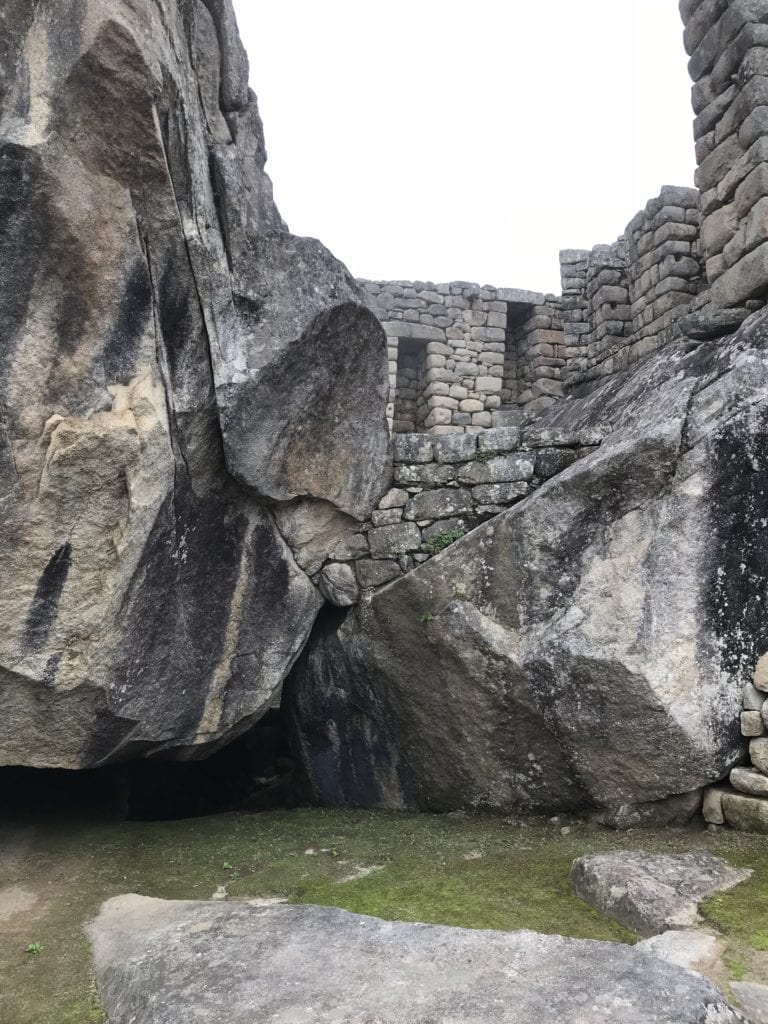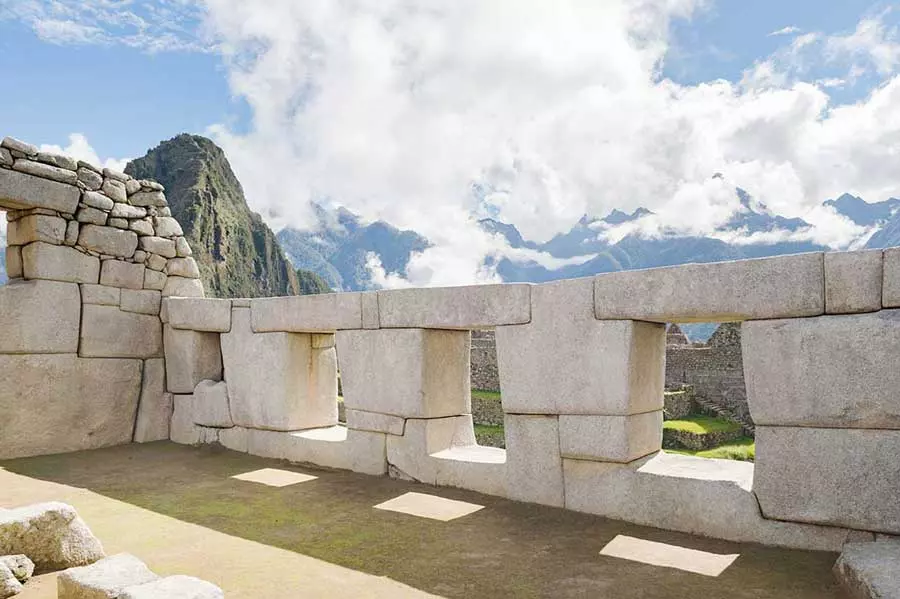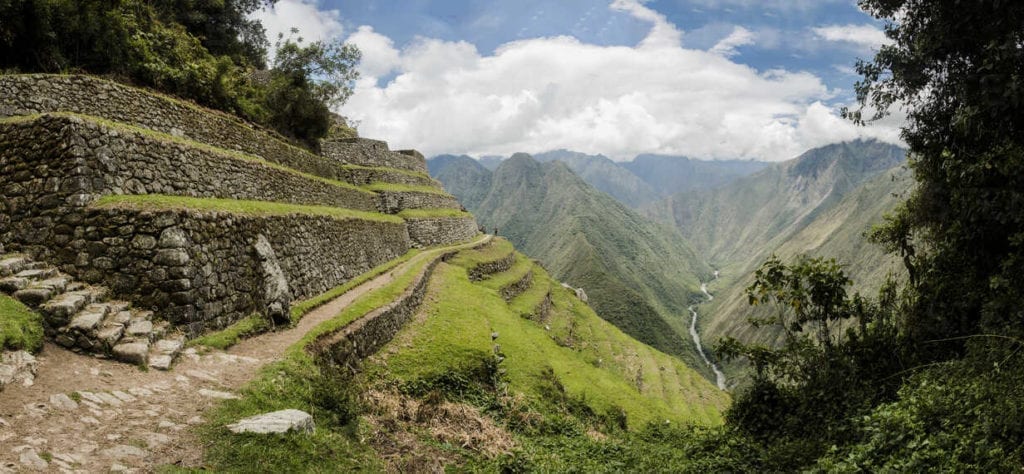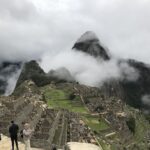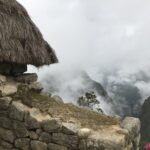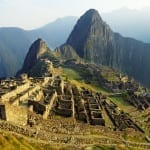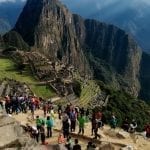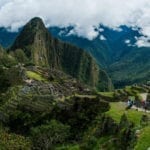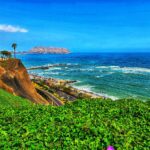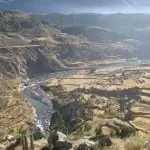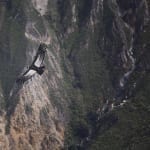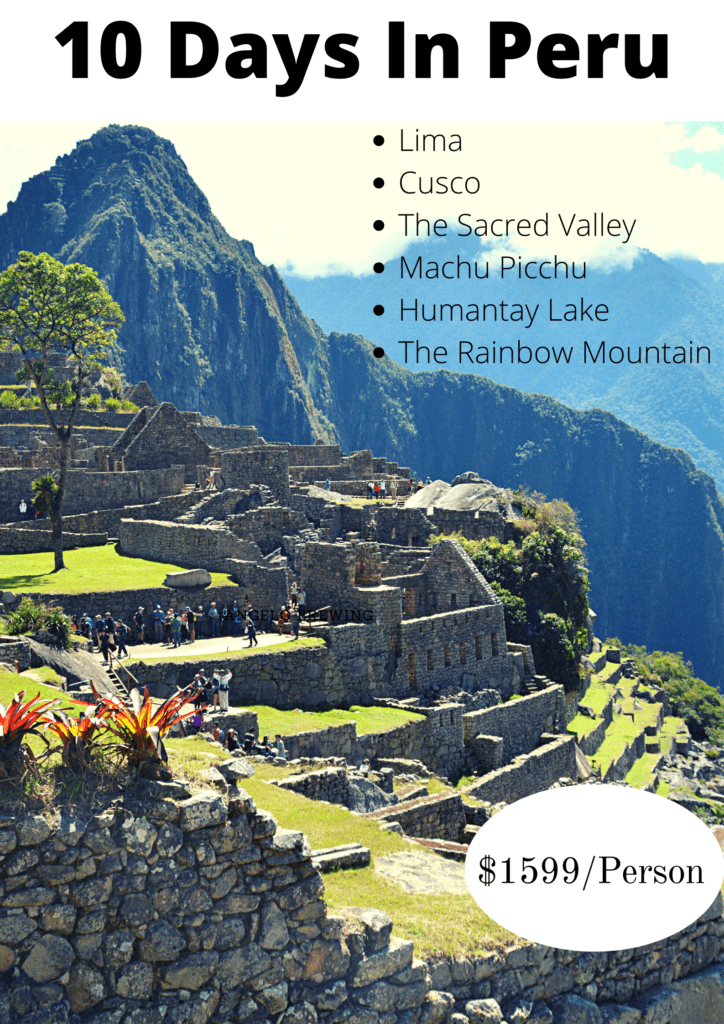18 Inca Ruins in Peru You Can Visit
James Bustamante is Native to New York but born to Peruvian parents. He has been traveling throughout Latin America since early 2003 and finally made his home in Peru. James has made his way by eating and traveling through almost every country in Central and South America.
Last Updated on August 7, 2023 by James Bustamante
One of the major reasons travelers travel here is to visit the Inca ruins in Peru. These old buildings and monuments are not specific to simply visiting Cusco and later, Machu Picchu, the most famous of the Inca ruins.
When you visit Peru, you can actually find Inca ruins all over the country, and it doesn’t stop there. The Inca empire spread out through large parts of the South American continent. Let’s go over some of the most popular Inca ruins that you can visit during your Peru vacation.
Machu Picchu Ruins
The most well-known and popular Inca ruins to speak of would be the Machu Picchu sanctuary. This set of Inca ruins was started by the Inca ruler Pachacuti Inca Yupanquibuilt and culminated its construction around the year 1450 AD.
These ruins seem to have been a major destination among the most elite of the Inca, where they practiced religious ceremonies and sacrifices and went over plans on how to conquer even more of South America.
There are many stories that surround the Machu Picchu ruins, from the belief it was built by aliens (it wasn’t…) to it being a summer home for the Inca ruler (this might be true). The Machu Picchu hike is definitely an activity you will want to be part of during your next Peru vacation.
More Information: Machu Picchu Facts
The Pisac Ruins
If we travel to the Urubamba valley, we find several remnant ruins of the Inca empire. The Pisac ruins are definitely one of the more popular ones to visit. These ruins are actually located in a town called Pisac and can be seen as part of the full-day Sacred Valley tour.
If we are heading to the town of Pisac, we’ll find it at around 1 hour from the city of Cusco, which is around 34 km (21 miles).
The Pisac ruins are in the eastern part of the Sacred Valley, one of the most beautiful places to visit in Peru, thanks to its beautiful surroundings.
More Information: The Pisac Ruins
The Moray Ruins
There is a set of Inca ruins near the small town of Maras called the Moray ruins in Peru. The Moray ruins were used by the Inca empire to test and grow several types of crops that needed to be resistant to the elements.
This of these Inca ruins is a type of experimental laboratory for Andean flora. This day trip, along with several other ruins, can be a great way to spend your first days in Cusco or the Sacred Valley before heading off to your Machu Picchu hike. The Moray Inca ruins can be found around 1.5 hours from the city of Cusco.
More Information: The Moray Ruins
Inti Punku: The Sun Gate to Machu Picchu
The Sun Gate at Machu Picchu is located at around 2,700 meters (8900 feet) above sea level nearing the Machu Picchu Sanctuary, around two hours away.
The point of reaching Inti Punku through the Inca trail is the famous view of Machu Picchu. The Inca trail reaches these Inca ruins early in the morning and is the entry point into the Machu Picchu Sanctuary.
The Sun gate at Machu Picchu seems to have been a marker or a signal gate for the Inca that were looking to arrive at the sanctuary. Scholars believe that it was the way Elite Inca or Inca royalty would take to enter the Machu Picchu ruins.
More Information: Inti Punku
The Mysterious Qenqo Ruins
One of the Inca ruin sites with a dark undertone would have to be the mysterious Qenqo temple. It is located just minutes from the city of Cusco, so if you are looking for a good day hike while you acclimate, then this Inca site happens to be a great choice.
The zig-zag or labyrinth-like shape of this giant rock makes it very clear that its main purpose was to carry liquid down through it. This points directly to a ceremonial or religious focus for Qenqo.
Scholars still are not sure what liquid is, though; there are some clues that point toward blood. This would make Qenqo the focal point of blood sacrifices for the Inca.
More information: The Qenqo Ruins
The Tambomachay Ruins
When we travel 6.4 km (4 miles) to the north of the city of Cusco, we will find the Tambomachay ruins. This set of Inca ruins presents a high-altitude excursion into the highlands at an elevation of 3,750 meters (12,150 feet) above sea level.
The Tambomachay ruins seem to have been focused on water worshipping and religious ceremonies. This well-preserved structure also might have been a rest stop so the Inca elite could bathe and relax. Lastly, Tambomachay could have also been a military post to make sure invaders were kept at bay.
More Information: The Tambomachay Ruins
The Wiñay Wayna Ruins
The Wiñay Wayna ruins are a set of Inca ruins that were built during the rule of the Inca empire. These ruins are one of the many sets that were built and then hidden under the deep lush rainforest for many years after the Inca left the region.
The Wiñay Wayna Inca ruins can now be visited on day 3 of the classic 4 days Inca trail to Machu Picchu.
As with many other Inca constructions and temples, Wiñay Wayna may have been multi-faceted and used as a fortress, a lookout point, an agricultural site as well as a religious temple.
It is also speculated that it was created as a type of rest stop for the Inca royalty making their way to the stone city of Machu Picchu, which was still some distance away. Around 26 miles (41 km).
More Information: The Wiñay Wayna ruins
Raqchi
Raqchi is a very old archaeological site that houses several Inca ruins. This place is located a couple of hours from the city of Cusco.
The ruins of Raqchi are quite special and old. Archaeologists date the construction of this ancient site to around 200 B.D, which would make Raqchi around 2000 years old.
Within the archaeological site of Raqchi, we can find a temple dedicated to the Inca god “Wiracocha,” also known as the creator god. Construction began in 1431 and took place during the reign of the Inca Huiracocha, Pachacútec y Túpac Yupanqui.
More Information: The Raqchi Ruins
The Temple of The Moon
The Temple of the Moon is a set of Inca ruins found within the Machu Picchu complex. They are accessible through the Huayna Picchu hike.
There are plenty of ideas about what exactly the temple of the moon was used for. What differentiates this temple from the rest that you can see during the Machu Picchu tour is that it is located within a cave.
The Incas had a particular admiration for caves; they had the belief that caves could connect them to Ukhu Pacha, or the “world of the dead.”
More Information: The Temple of The Moon
The Temple of The Sun
The Temple of the Sun is said to have only permitted the attendance of the elite Incas and the priests that would proceed with religious ceremonies, study astronomy, engineers, or specialists in crops.
This adds to the importance of this particular temple in Machu Picchu. This singular location is said to have had several purposes.
The man seems to have been focused on the worship of the Sun god Inti. The temple of the sun is located on the upper floors of the Inca citadel.
More Information: The Temple of The Sun
The Temple of The Condor
The Andean Condor had a special place for the Incan empire. This is a massive bird that commands respect, one of the most physically powerful birds of flight still alive today.
It makes perfect sense that the Inca gave the condor the status of a deity. The condor that lives in the Andes is the biggest bird in South America; it reaches a height of 1.2 meters (4 feet) and a wingspan exceeding 3.4 meters (11 feet).
The Condor would symbolize, among other things, fertility, and power. There are several ideas as to what exactly the Temple of the Condor was used for. Among the theories are: Sacrifices to the gods, religious ceremonies, and even jail cells for the would-be sacrificed.
More Information: The Temple of The Condor
The Temple of The Three Windows
The Temple of the three windows is another set of Inca ruins that can be accessed when in the Machu Picchu complex. Scholars have many theories about the origin of the “three Windows temple”.
Some researchers state that the meaning behind the Machu Picchu temple of the three windows has to do with the different worlds the Inca believed in. Each window is said to represent a different plane of existence or a different part of the Inca world.
More Information: The Temple of The Three Windows
The Ollantaytambo Ruins
There is really no way to avoid seeing these Inca ruins. The Ollantaytambo buildings dominate the local highland scenery once you are in town. If you want to avoid large crowds during your visit to the Ollantaytambo ruins, then plan for an early morning visit.
Make sure to take your time hiking through the Ollantaytambo ruins. It isn’t as high in elevation as Cusco, but 9,000 feet above sea level (2,700 meters) is still quite up there.
More Information: The Ollantaytambo Ruins
Intihuatana: The Sundial in Machu Picchu
Intihuatana is a polygon-shaped lithic piece or, more precisely, a sundial. Each side of this Inca ruin casts shadows in relation to the location of the Earth to the sun. This also takes into account the different seasons throughout the year.
Intihuatana has a few stairs which were used by Inca priests when conducting religious ceremonies. There is also a table carved from the stone. Of course, this is said to have been used for offerings during the rituals taking place.
Intihuatana in Machu Picchu was apparently created for several reasons. The major idea behind Intihuatana was to observe the movements of the sun.
More Information: Intihuatana
The Sacsayhuaman Ruins
The Sacsayhuaman ruins are a walled complex on the northern outskirts of the city of Cusco, Peru, at an altitude of 3,701 m.
These Inca ruins were formerly known as the capital of the Inca Empire, and it was added as part of the city of Cusco to the UNESCO World Heritage List in 1983.
The giant rocks used in the construction of these terraces are among the largest used in any building in pre-Hispanic America and are a showcase of a meticulous kind of precision that continues to be a mystery to this very day.
All due to the stones being placed so closely that not even a single piece of paper can fit between many of them
More Information: The Sacsayhuaman Ruins
The Huayna Picchu Ruins
Huayna Picchu is an important mountain located north of the Inca Citadel. Its stone paths were traveled by the Incas 600 years ago and today and are still visited by tourists from all over the world.
Its difficulty stems from its steep trail located along with a network of deep cliffs and rocky outcroppings. You’ll take in some amazing views along the way to the top; once there, you will be able to appreciate all the splendor of Machu Picchu and the landscape that surrounds it.
More Information: The Huayna Picchu Ruins
The Tipon Ruins

The Tipon ruins are located at over 11,000 feet (3316 meters) above sea level; however, the highest point of these Inca ruins is set at 12,600 feet (3,850 meters) above sea level. This makes it a high-elevation excursion, so remember to acclimate first.
The Tipon complex is said to be a special location for the Inca. This royal site and its majestic gardens are said to have been constructed by the 8th Inca king Wiracocha.
More Information: The Tipon Ruins
The Intipata Ruins
In 1992 these terraces were found between the ruins of Winay Wayna and the Intipunku Sungate near the Machu Picchu sanctuary. The University of Cusco helped clear the vegetation overgrowth around these newly re-found Inca ruins.
Eventually four more small buildings were eventually unearthed. It appears that the route through the Intipata ruins would provide a shortcut to the direction of Machu Picchu.
Plenty of maintenance had to be made at that point since Intpata had probably not been traveled through in 500 years.
More Information: The Intipata Ruins
Conclusion
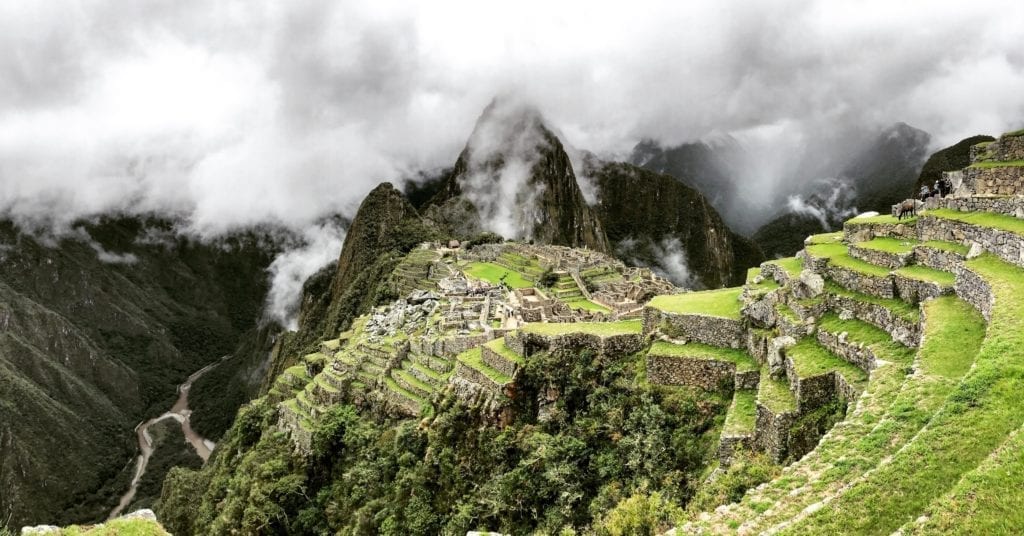
There are several great Inca ruins for you to visit during a Peru trip. Inca ruins can actually be found in several places around Peru; they do mostly focus on the highland region, though, so make sure to see as many as possible before, during, and after your Machu Picchu guided tour.
If you want more information on which Inca ruins to visit or anything else related to Peru travel, feel free to contact any of our travel advisers today.
Frequently Asked Questions About Inca Ruins
How do I visit as many Inca ruins as possible?
If you are traveling on your own, we suggest getting a Cusco tourist pass which gives you access to most of the archaeological parks surrounding Cusco.
Will The guide talk about each Inca ruin in Machu Picchu?
Yes, the guide will give explanations of each of the ruins found within the Machu Picchu complex.
Are there Inca ruins outside of Cusco?
Yes, there are Inca ruins from the coastline to the Peruvian highlands and into the Amazon rainforest. The reign of the Inca extended well into the rest of South America, so you can find Inca ruins in many countries.
Was Peru The Inca capital?
Yes, Peru was considered the capital of the “Tahuantinsuyo,” which means the Inca empire.
